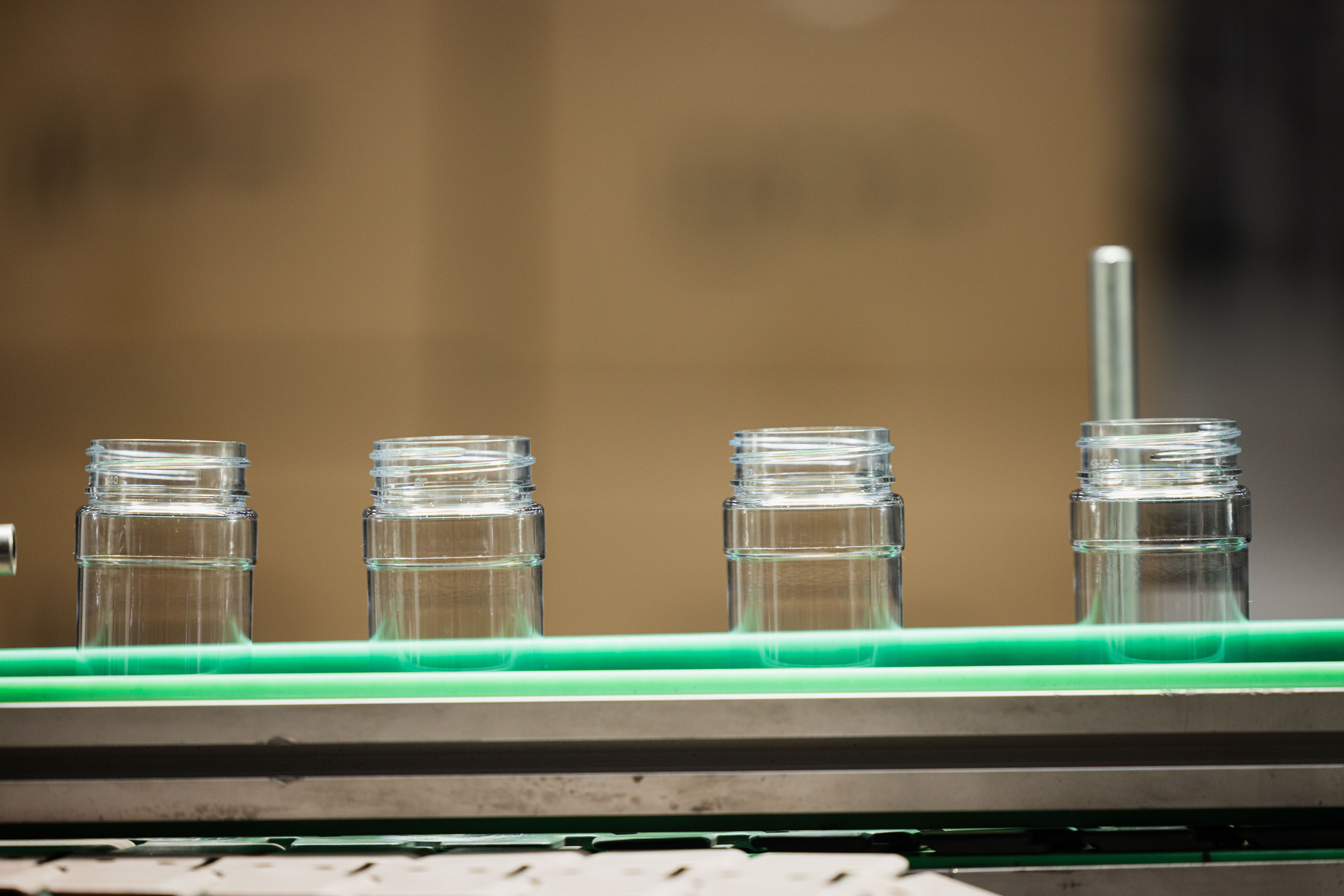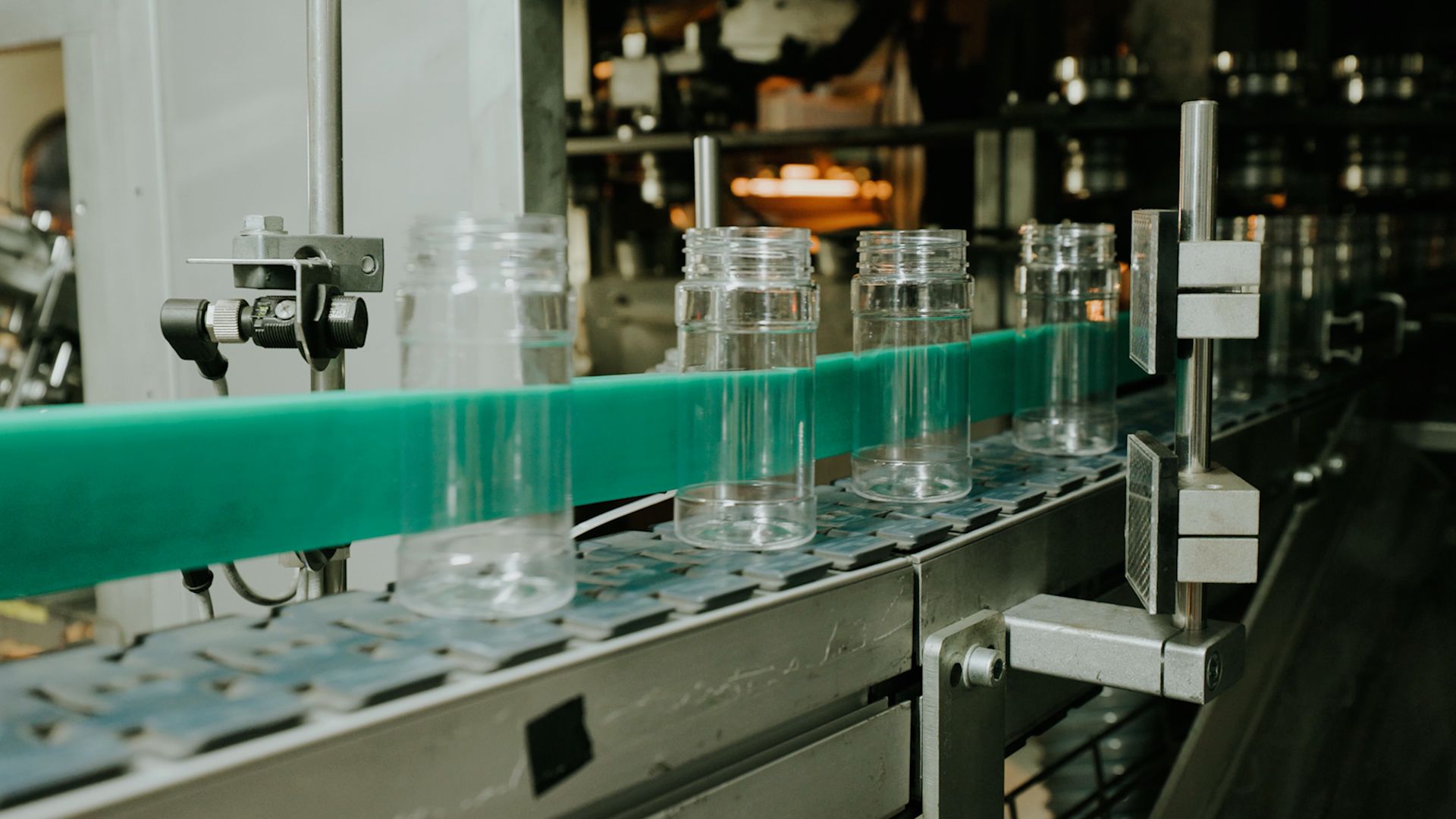What’s the *real* reason Snapple changed from glass to plastic bottles? Sustainability, of course!
Snapple, a ubiquitous brand of tea and juice drinks, has long touted itself on being made “from the best stuff on Earth.” They’ve always prided themselves on their natural ingredients and their environmental practices.
For more than 45 years, Snapple sold its products in glass bottles. The problem is that glass bottles are more suitable for a reusable product than a disposable product. Glass is recyclable, but the process is costly in terms of money, energy, *and* greenhouse gasses.
And so, starting in 2017, Snapple began phasing out their glass bottles in favor of polyethylene terephthalate (PET) plastic. Their plan was to completely retire their glass bottle by the end of 2021. In
Snapple’s own words:
“With a bottle that’s made from 100% recycled plastic, uses less packaging material, and is filled with the same delicious Snapple flavors, we’re taking steps towards creating a more sustainable future.”
Recycled Plastic vs. Glass
The immediate benefits are obvious. The PET plastic bottles require 80% fewer ingredients to create and can be easily recycled. By Snapple’s own estimates, their new bottle requires 75% less energy to create and reduces the need for 600 million new bottles each year.
The new bottle also has a slimmer profile and is about four times lighter than the old glass bottle, which leads to reduced shipping costs (and less CO2 in the atmosphere).
Finally, by simply increasing their demand for recycled plastic, Snapple is providing an outlet for ocean plastic and other waste.
Ditching the Metal Cap?
The first iteration of the Snapple plastic bottle (which rolled out in 2018) basically mirrored the appearance of the glass bottle, including a metal cap that would produce the iconic “pop” when opened.
However, Snapple revamped the design of their plastic bottle in 2020, doing away with the metal cap to replace it with a recyclable (and tamper-resistant) plastic cap.
They also went from using paper labels to printing directly on the bottles with washable ink. These recent changes were implemented to make the bottles easier to recycle.
Consumer Response to Snapple’s Plastic Bottle
It’s too soon to say if the shift from glass to PET plastic has significantly impacted their sales.
Figures from 2018 and 2019 show their sales volume holding steady at 54.6 million cases per year.
For the most part, folks seem fine with the change. There has been some outcry, but the biggest objection seems to be the new labeling and branding (which critics describe as both
“outdated”
and
“trendy”).
At one point, media personality Khloe Kardashian weighed in on the new bottle, although her objection seemed to stem from confusion over the difference between single-use plastic and recycled plastic.
On February 19, 2021, she tweeted:
“I absolutely love @Snapple but I just found out that they’re changing their packaging and they’re getting rid of their glass bottles. I’m trying to get rid of single use plastic and move everything to glass/aluminum. So @Snapple is it True, no more glass?”
Snapple replied back almost immediately:
“Yes it’s true. Our new bottle gives you the Snapple flavor you love in a more sustainable package. The bottle is made of 100% recycled plastic and is fully recyclable, so it eliminates over 600M new plastic bottles from the environment every year.”
TLDR
Snapple’s move to 100% recyclable plastic bottles has rubbed a handful of consumers (including Khloe Kardashian) the wrong way, but overall it appears to be a positive choice for the environment.
If you’re interested in plastic packaging for your beverage products, check out Plascene’s extensive selection of
cold press juice bottles,
squat bottles,
Boston bottles, and
bullet bottles.
References
“Snapple Switches to PET, But Keeps the Shape, Cap, and ‘Pop'” –
Packaging World
“Keuring Dr Pepper to Remove Last Glass Snapple Bottles in Recycled Plastic Overhaul” –
Just Drinks
“The Untold Truth of Snapple” –
Mashed.com

How Recycled Polypropylene (rPP) Is Changing the Future of Packaging in the U.S.





